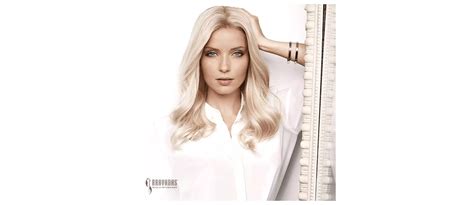Understanding Hair Loss: Types and Causes
Hair loss, a common concern affecting millions worldwide, can stem from various factors. According to the American Academy of Dermatology, approximately 40 million women and 50 million men in the United States experience hair loss.

1. Genetic Hair Loss (Androgenetic Alopecia)
The most prevalent form of hair loss, androgenetic alopecia, is hereditary and affects both men and women. In men, it manifests as gradual receding hairlines and thinning at the crown, while in women, diffuse thinning throughout the scalp is more common.
2. Medical Conditions
Certain medical conditions, such as alopecia areata, lupus, and thyroid disorders, can lead to hair loss as a symptom. Additionally, chemotherapy and radiation treatments often result in temporary or permanent hair loss.
3. Nutritional Deficiencies
Vitamin and mineral deficiencies, including iron deficiency and vitamin D deficiency, can contribute to hair loss. Proper nutrition is essential for healthy hair growth.
4. Hormonal Changes
Pregnancy, menopause, and polycystic ovary syndrome (PCOS) can cause hormonal imbalances that may lead to hair loss.
5. Styling and Chemicals
Over-styling, frequent use of harsh chemicals, and heat treatments can damage hair follicles and promote hair loss.
Wigs: A Solution to Hair Loss
Wigs offer a versatile and customizable solution to hair loss. With advancements in technology and materials, wigs have become increasingly realistic and comfortable to wear.
Types of Wigs
1. Full-Cap Wigs: Cover the entire head and create the illusion of a natural hairline.
2. Partial Wigs: Cover only a portion of the head, allowing for partial hair coverage or integration with existing hair.
3. Lace Front Wigs: Feature a sheer lace front that mimics the natural scalp, providing a seamless and undetectable hairline.
Materials
1. Human Hair Wigs: Offer the most natural look and feel but require more care and maintenance.
2. Synthetic Hair Wigs: More affordable and durable, but may have a less realistic appearance than human hair wigs.
3. Blended Hair Wigs: Combine human and synthetic hair for a balance of natural appearance and affordability.
4. Heat-Resistant Fiber Wigs: Can withstand heat styling, allowing for a variety of styles.
Benefits of Wearing Wigs
- Confidence Booster: Wigs can restore self-esteem and confidence by concealing hair loss.
- Versatile Styling: Wigs allow for a variety of hairstyles, colors, and textures, empowering individuals to express their individuality.
- Protection: Wigs can protect the scalp from sun exposure, wind, and cold weather.
- Non-Invasive: Unlike hair transplants or medications, wigs are a non-invasive solution to hair loss.
Choosing the Right Wig
Selecting the appropriate wig involves considering several factors:
1. Type: Determine the type of wig based on the desired level of coverage and natural appearance.
2. Material: Choose a material that suits your budget, maintenance preferences, and desired look.
3. Size: Measure the circumference of your head to ensure a secure and comfortable fit.
4. Style: Select a style that complements your facial features, personality, and lifestyle.
5. Color: Opt for a color that matches or complements your natural hair color for a realistic look.
Common Mistakes to Avoid
- Choosing a Wig That Is Too Big or Too Small: Improper sizing can cause discomfort and an unnatural appearance.
- Matching the Wrong Color: Avoid wigs that are too light or too dark, as they may look artificial.
- Over-Styling: Excessive styling can damage the wig and shorten its lifespan.
- Neglecting Maintenance: Regular cleaning and conditioning are crucial for maintaining the appearance and durability of a wig.
- Hiding the Wigline: Always properly blend the wigline with your natural hair or makeup to create a seamless look.
Pros and Cons of Wigs
Pros:
- Restore confidence
- Versatile styling options
- Protect the scalp
- Non-invasive solution
Cons:
- Can be expensive
- Requires maintenance
- May not be suitable for all individuals
- Can feel uncomfortable in hot weather
Conclusion
Wigs provide an effective and multifaceted solution to hair loss. By understanding the types of hair loss, the various types of wigs available, and the benefits and challenges associated with them, individuals can make informed decisions about wig usage to enhance their confidence and improve their quality of life.
